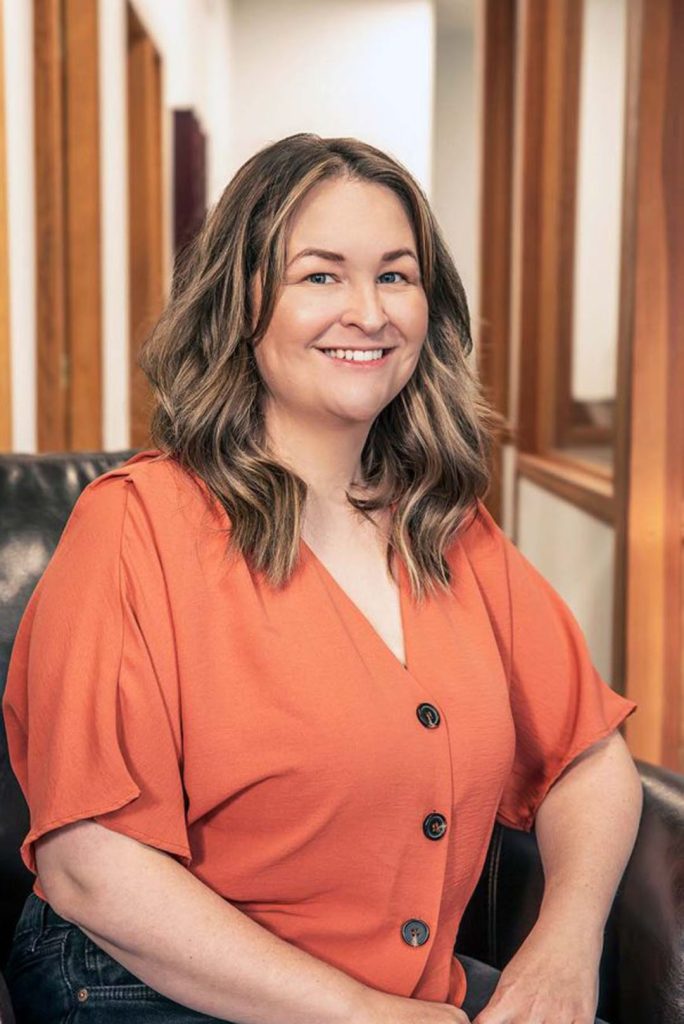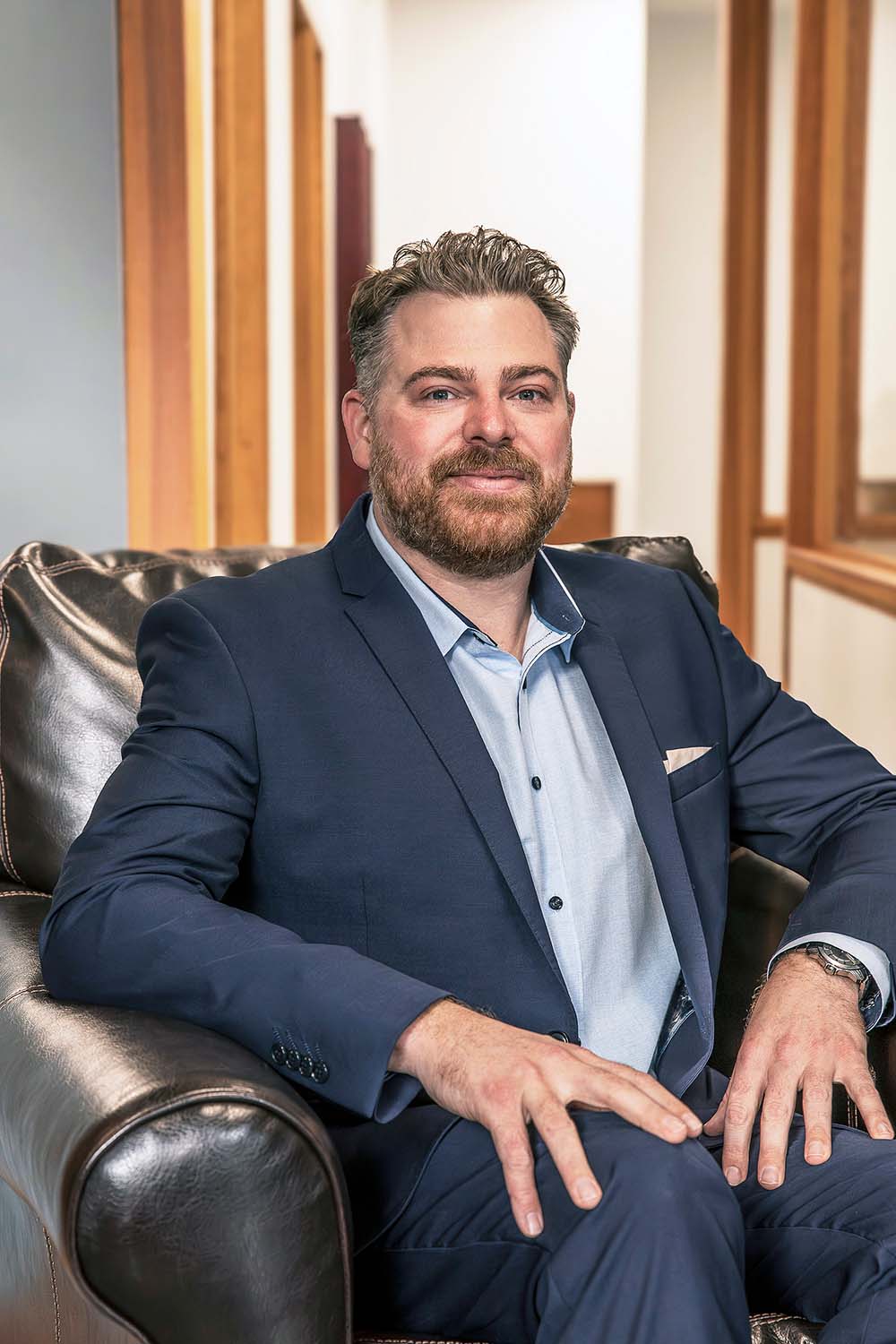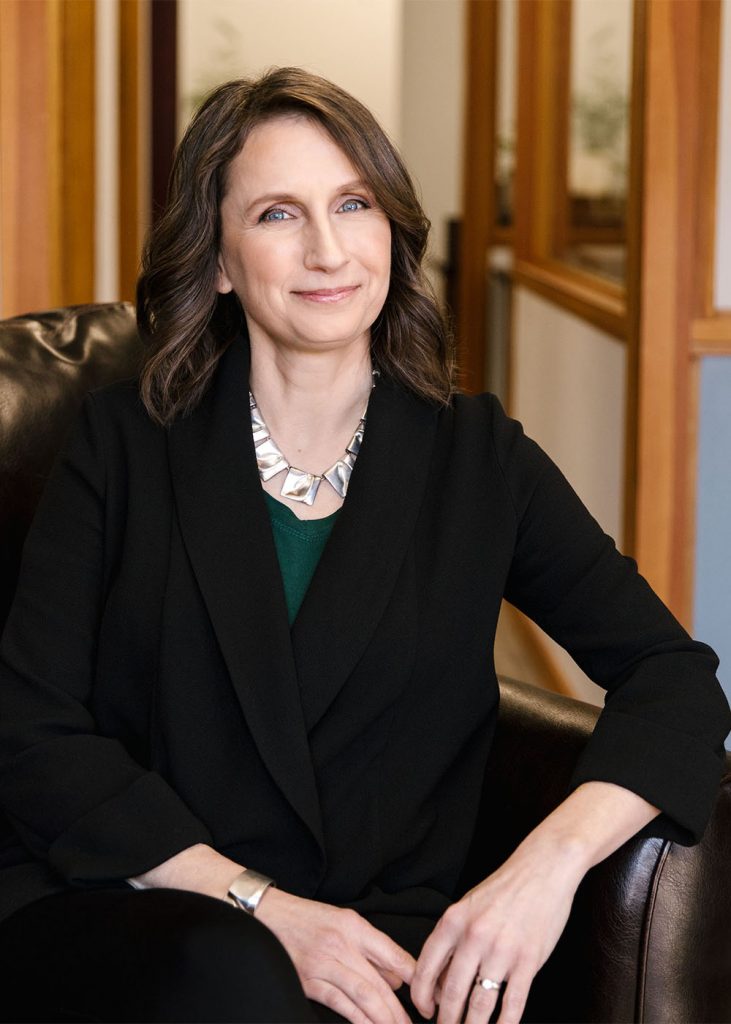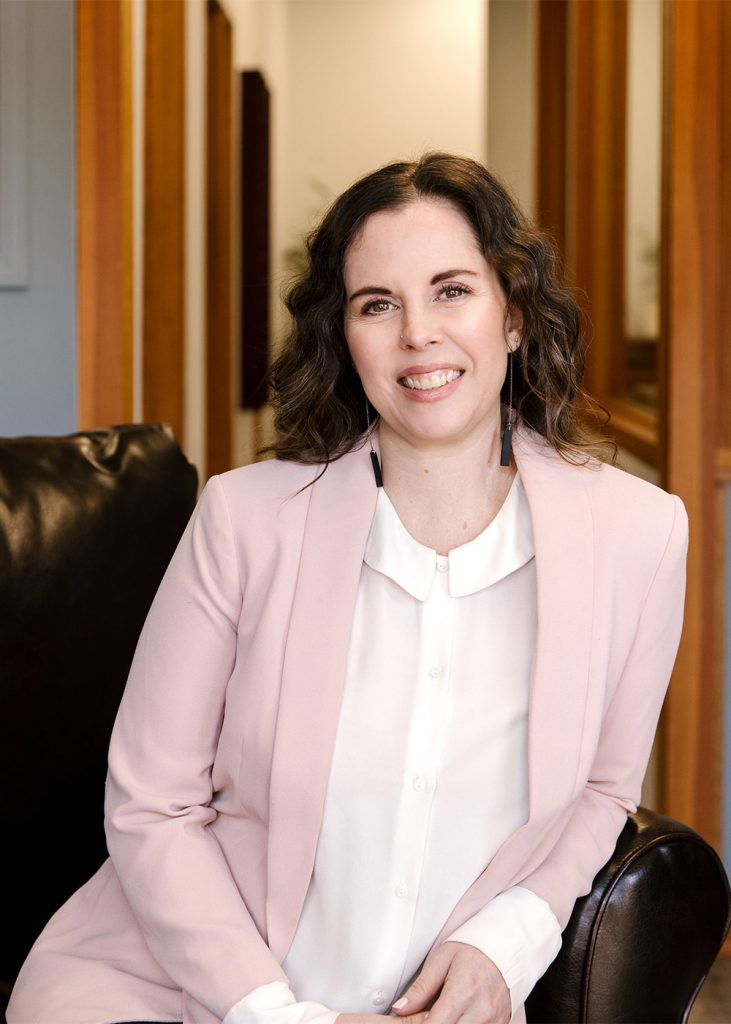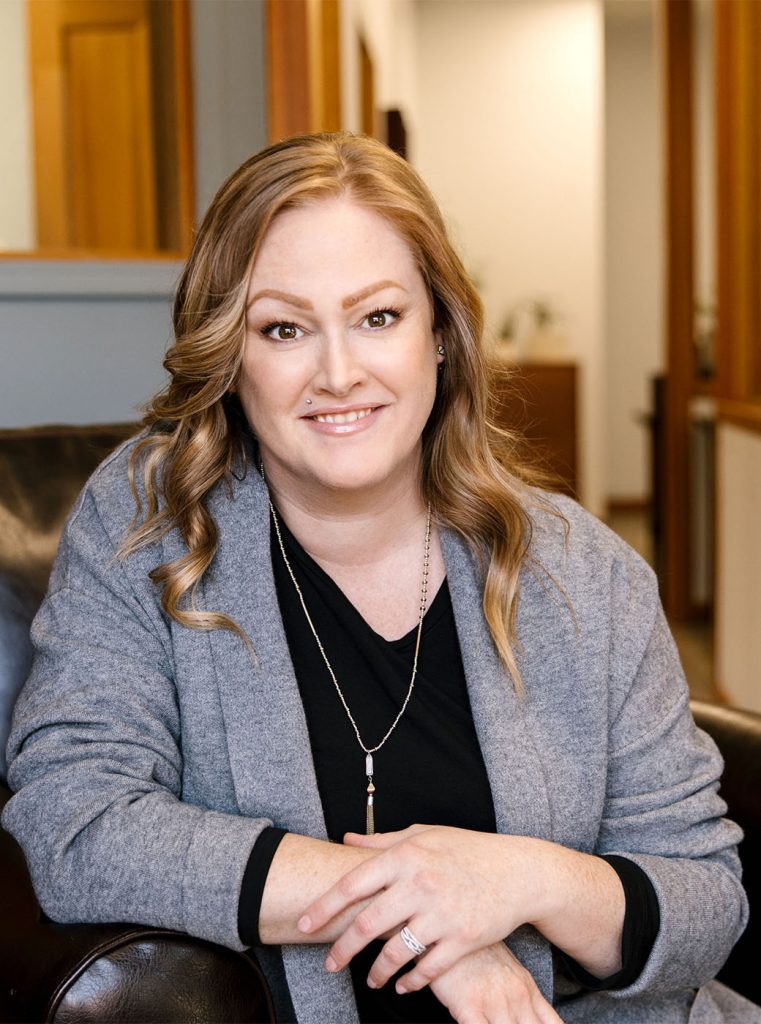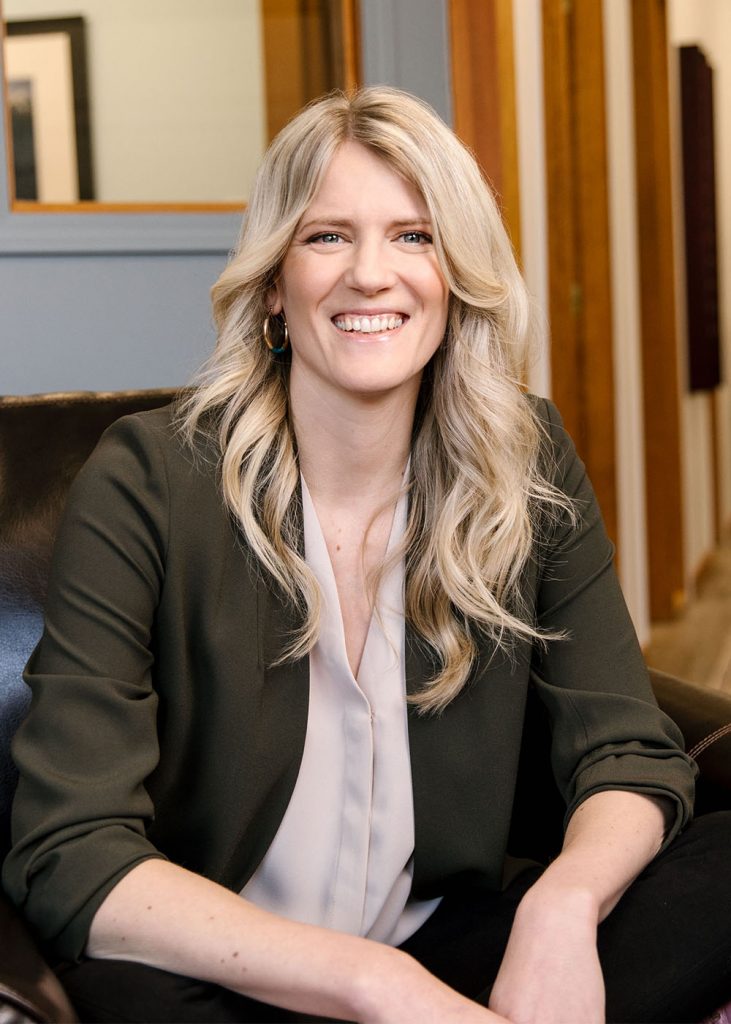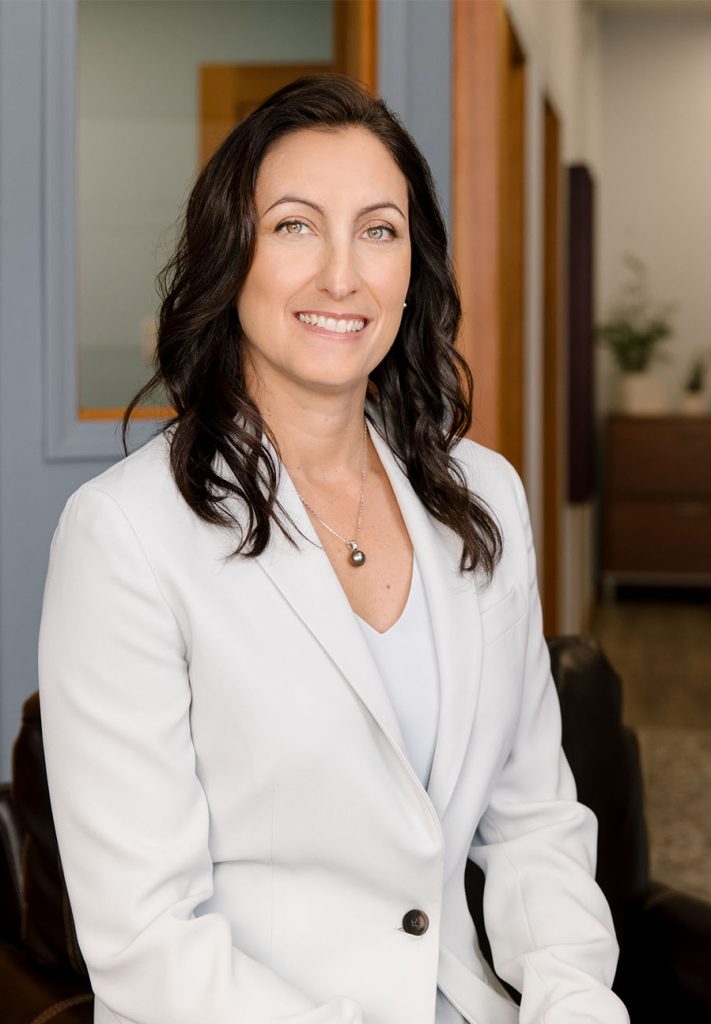A Registered Disability Savings Plan (RDSP) is a tax-sheltered savings vehicle designed to help families ensure the long-term financial security of a loved one affected by disability.
There are several key benefits:
• Assets within an RDSP do not affect the beneficiary’s eligibility to receive government support payments. Payments from an RDSP may have an impact.
• Assets in an RDSP grow tax-free until withdrawn. Because income is not taxed as earned, the compound savings effect can be significant over time.
• It provides access to government grants, and potentially bonds, until the end of the year in which the beneficiary turns 49.
• Tax-deferred rollovers of other registered plans into an RDSP may be possible.
RDSP Setup and Contributions
Who can open an RDSP?
The person who opens the RDSP becomes the “plan holder.” For a minor beneficiary, this can be a parent, or an individual or public agency legally authorized to act for the beneficiary.
Adult beneficiaries can open the RDSP themselves if they are contractually competent. Where competency is in question, a legal representative can open the RDSP. As it can be a lengthy process to establish a legal representative, a “qualifying family member” may open an RDSP for the beneficiary under a temporary rule that expires December 31, 2026.
“Qualifying family member” includes parents, spouses, common law partners and siblings where there is no legal representative.
QUICK FACTS
Contributions:
• Not deductible
• Allowed up to year beneficiary turns 59
• Lifetime limit – $200,000
• Annual limit – none
Grants and bonds:
• Beneficiary must be under 50 years old
• CDSG maximums:
- Annual: $3,500
- Lifetime: $70,000
• CDSB maximums:
- Annual: $1,000
- Lifetime: $20,000
Withdrawals must start by the end of the year beneficiary turns 60 years old.
Who can be a beneficiary of an RDSP?
An eligible beneficiary is an individual who:
• Is eligible for the disability tax credit (DTC)
• Is resident in Canada
• Has a valid social insurance number (SIN), and
• Is under the age of 60
An eligible individual can only have one RDSP open for their benefit at a time.
What government grants and bonds are available?
A key benefit of an RDSP is the access to the Canada Disability Savings Grant (CDSG) and, in some cases, the Canada Disability Savings Bond (CDSB).
• The CDSG is provided to a lifetime maximum $70,000 and is paid into the RDSP as a percentage (up to 300%) of contributions based on the adjusted family net income.1 For 2023, beneficiaries with adjusted family net income of up to $100,392 can access up to $3,500 in grants annually. Otherwise, the maximum annual grant is $1,000.
• The CDSB is provided to a lifetime maximum of $20,000. It is for low-income beneficiaries and does not require matching contributions. For 2023, beneficiaries with adjusted family net income of $32,979 or less are eligible for the full $1,000 bond. The annual bond amount is gradually reduced as income increases. No bond is paid where adjusted family income exceeds $50,197.
The CDSG and CDSB can be received into an RDSP up to the year in which the beneficiary turns 49. Before this age limit is reached, CDSG and CDSB can also be carried forward up to 10 years. This can be especially useful for newly opened RDSPs where the beneficiary has been eligible for the DTC for several years.
For example, individuals affected by a disability, or their family, are often not aware that they are eligible for the DTC and can open an RDSP. Once an application is made, DTC eligibility will be retroactive to the date the impairment first began, and it is then generally possible to amend up to 10 years of tax returns to claim the DTC. A newly opened RDSP can include the accumulated grant and bond entitlements going back to the date the beneficiary was first eligible for the DTC.
Who can contribute to an RDSP?
Anyone, including the plan holder and the beneficiary, can contribute to an RDSP with written permission from the plan holder. However, once a contribution has been made, it cannot be returned or refunded. The funds become reserved for the benefit of the beneficiary alone.
There is a lifetime contribution limit of $200,000 per beneficiary. While there is no annual limit, contributions in excess of what is required to collect the annual CDSG maximum, or from rollovers into the plan, utilize contribution room without generating additional grants. If the lifetime contribution limit is reached before the maximum lifetime CDSG has been paid, there will be no way to collect further grants. No contributions are permitted after the year the beneficiary turns 59.
What happens if the beneficiary loses DTC eligibility?
The RDSP can be kept open and tax-deferral benefits maintained provided that no contributions are made, rollovers from registered retirement plans occur within four years of the loss of DTC eligibility, and grants or bonds cannot be received.
Rollovers
RDSPs are somewhat unique in that they can receive funds from certain other registered plans on a rollover basis without triggering tax for the transferor. A detailed discussion of these rules is beyond the scope of this article. At a high level, three types of rollovers are possible if conditions are met:
- Rollover of a deceased individual’s RRSP or RRIF2 to an RDSP of a financially dependent child or grandchild.
- Complete transfer from an RDSP to a new RDSP for the same beneficiary.
- Rollover from a RESP to an RDSP for the same beneficiary.
Amounts rolled over or transferred are contributions to the RDSP. Accordingly, no rollovers are possible if the beneficiary is 60 or older. Amounts transferred are counted towards the $200,000 lifetime contribution limit.
RDSP Withdrawals
One-time withdrawals from an RDSP, or Disability Assistance Payments (DAPs), can be made at any time if the plan issuer allows. Annual payments, or Lifetime Disability Assistance Payments (LDAPs), must be taken regularly starting in year the beneficiary turns 60 and continue until the plan is terminated or the beneficiary dies. The annual amount received depends on the accumulated value in the plan and the life expectancy of the beneficiary.
Each payment from an RDSP consists of taxable amounts (grants, bonds, interest earned on investments) and non-taxable amounts (contributions). One-time DAP withdrawals, RDSP closure or the death of a beneficiary within 10 years of any CDSG or CDSB payments to the RDSP will result in a repayment of those grants and bonds (referred to as the “assistance holdback amount”). There is an exception if the beneficiary has a shortened life expectancy and the taxable portion of the withdrawals in one year does not exceed $10,000.
Another key advantage of an RDSP is that there is no limitation on how the withdrawals are used, even for non-medical expenses. Withdrawals do not impact federal benefits such as the Guaranteed Income Supplement (GIS), Old Age Security (OAS), the GST credit and the Canada Child Benefit. Provincial benefits may be impacted and should be reviewed.
Planning for the financial needs of a person affected by a disability requires a multi-faceted process involving both financial and non-financial considerations. An RDSP is just one element of the beneficiary’s and their family’s larger life, tax and estate plan. Consult your Wellington-Altus advisor for help with optimizing the use of an RDSP as part of your holistic wealth plan.
[1] When the beneficiary is 18 years old or younger, the adjusted family net income is based on what is used to determine the Canada Child Benefit.
When the beneficiary is 19 and older, the adjusted family net income is based on the beneficiary’s income (and their spouse’s income, if applicable) for the prior year.
[2] Rollover rules also apply for pooled registered pension plans and certain lump sums paid from a registered pension plan or specified pension plan.



